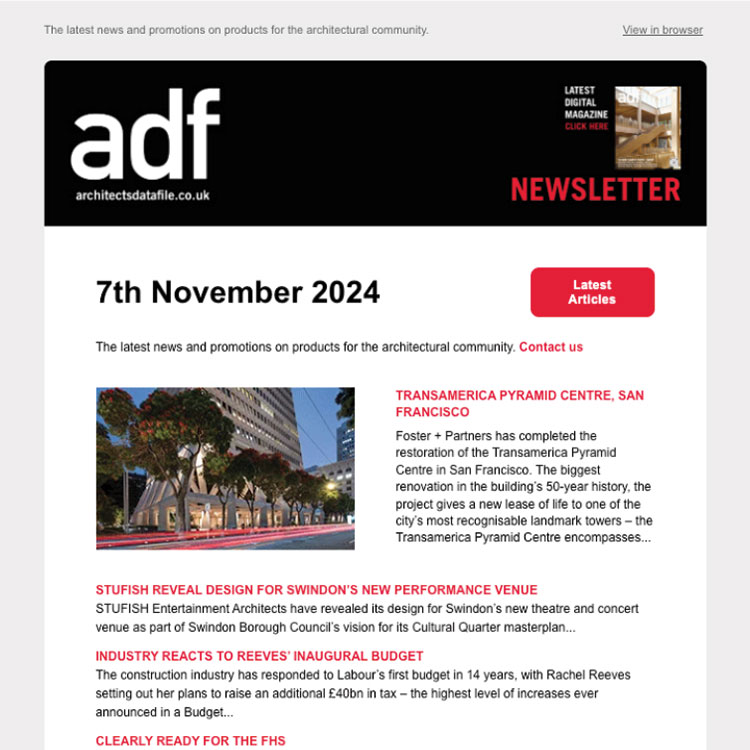Versatile, malleable and non-corrosive, lead is also one of the most recycled natural materials in the world and has been used for centuries across many applications, from construction and roofing to batteries and radiation protection.
Midland Lead is the only UK lead manufacturer to offer BBA approved machine cast lead, sandcast lead and BS Standard rolled lead. Their quality-approved products are used in roofing, radiation protection and heritage projects all over the world and are guaranteed for at least 50 years for rolled lead or 60 years for machine cast lead – all of which they say, serve to highlight lead’s fantastic green credentials.
In this article, Midland Lead share their expertise around the different types of lead from its origins, how it is manufactured and its natural qualities that are highly regarded in many sectors.
Natural element and Pure Lead
With the latin name ‘plumbum’ lead has also been referred to as ‘liquid silver’ possibly due to its appearance when melted, but also because it is a highly-prized metal. For centuries lead has been used for a wide range of applications, many alternatives just don’t match up to the non-corrosive, weather-proof and highly dense properties that lead offers.
Pure lead is lead with a high amount of purity, approximately 99.9 per cent. Lead ore occurs naturally in the earth’s crust in four main forms, Galena (Lead Sulphide), Cerussite, Anglesite and Larakite. Very little lead mining takes place today due to that fact that it is now largely recycled and currently satisfies much of the global demand.
Primary Production
Around 80 per cent of lead is used to manufacture lead-acid batteries and batteries are frequently recycled. However, even though lead is currently not mined in great quantities, primary lead would be extracted if demand increased at a higher rate than it can be recycled, specifically for batteries.
Once it is extracted, lead is can be manufactured into lead sheets that are widely used in construction and radiation protection. In other forms, lead is used for ballast, decorative heritage windows and cable sheathing, to name a few.
The process of extracting metallic lead from lead ore involves smelting which uses heat and chemical compounds to decompose the ore, driving off other elements to produce pure lead. The refining process is an exact science and carried out over several stages in kettles with addition of specific agents, or alternatively, smaller quantities are processed by electrolytic refining.
Production of refined lead (from all sources) has a different pattern, with the highest production rates being in the more industrialised countries. North America and Western Europe produce over half the world’s refined lead, and the trend is showing a slow rise in production.
Secondary Lead Production
Secondary production of lead refers to the production of the refined metal by processing recycled material containing lead. It is often possible to simply re-melt scrap lead, with very little additional processing making it a valuable sustainable material. However, compounds of lead (such as battery paste) require additional processes such as smelting. Refining is often needed to remove any unwanted contamination.
The refining procedures for recycled lead are similar to those outlined for primary processing, but in general, fewer stages are required. The proportion of lead produced from secondary sources (such as scrap metal) is also higher in industrialised countries, in fact it represents approximately 60 per cent of world-wide production. North America produces 70 per cent of its lead from secondary sources, and Western Europe 60 per cent. In contrast, Chinese production is almost entirely from natural lead ore.
Sustainable Manufacturing
Midland Lead’s manufacturing processes of BBA approved lead sheet is exceptionally energy-efficient. Due to lead’s natural low melting point (327°C) during the recycling process, less energy is used compared with alternatives, meaning it boasts the lowest carbon footprint among all hard metals.
It’s for these reasons that lead is in the BRE Green Guide, with a rating of A+ or A, as a building material that is both fit for purpose and able to improve the sustainability of construction.
Common Lead Terms
- Pure lead: Lead with a high amount of purity – approximately 99.9 per cent.
- Recycled lead: Lead that is recycled from scrap. Same as secondary lead.
- Virgin lead: This is not a technical term and is often used as another way of describing pure lead.


